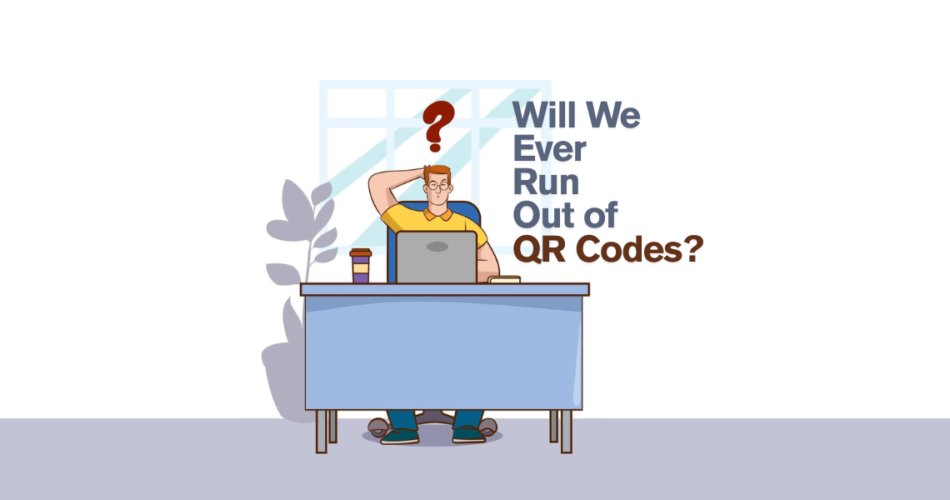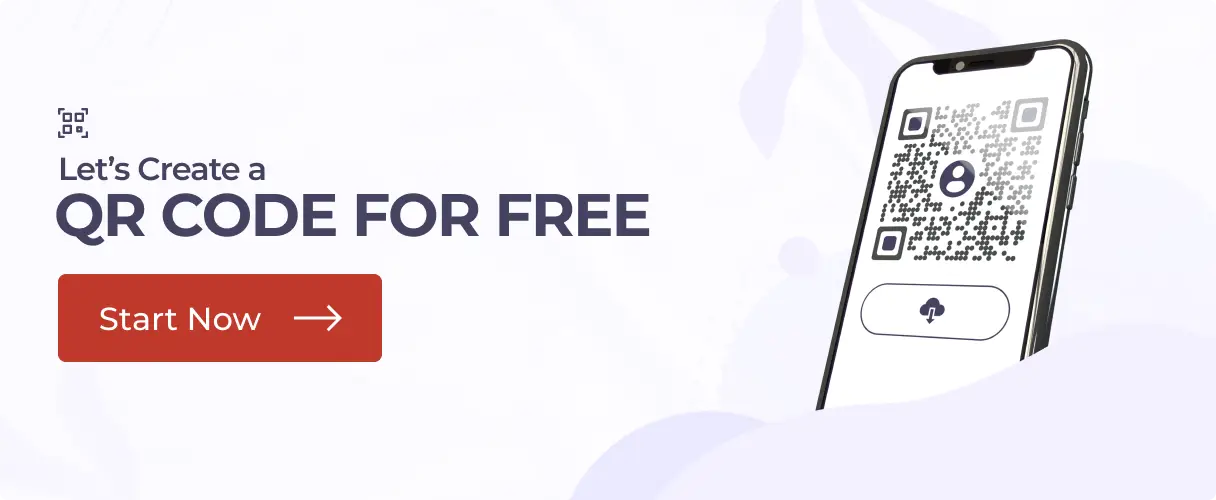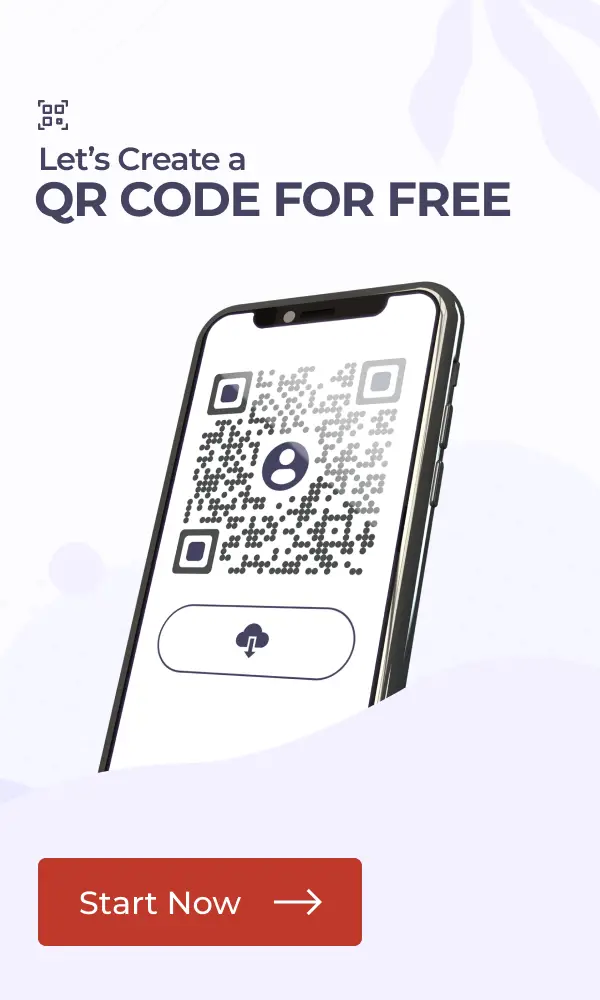In a nutshell: We won’t run out of QR Codes. Ever. With trillions of possible combinations and dynamic QR Codes (that can be edited and reused), the chances of hitting a limit are nearly zero. This article explains the science behind this and why they’re here to stay.
QR Codes are everywhere. You see them on restaurant tables, product packaging, and event tickets, and these days, they’re even on business cards.
With so many QR Codes being generated every day, one question keeps coming up: Will we ever run out of QR Codes? The short answer is no, but the full story is even more interesting.
Not just that, in this blog, we’ll also clear up some common myths, show real-world examples, and explain what makes each QR Code unique.
Let’s begin!
A. What is a QR Code, Really?

Before we jump into the actual numbers, it is important to know what a QR Code is and how it works. For the uninitiated, a QR Code is short for a Quick Response Code.
A QR Code is nothing but an advanced square-shaped 2D barcode. It stores data in a grid of black and white squares.
When you scan a QR Code with a smartphone camera or scanner, it reveals the information hidden inside. This info could be a link, a phone number, a text, Wi-Fi credentials, and much more.
According to Scanova, QR Code usage is exploding! Between 2020 and 2024, QR Code creation skyrocketed by 301.51%, with an annual growth rate of 38.11%.
And get this: by mid-2024, they have already hit 50% of the previous year’s total QR Codes. That’s proof that QR Codes are becoming a permanent part of how businesses boost efficiency and connect with people.
There are two main types of QR Codes, Static QR Codes and dynamic QR Codes, and they behave very differently.
This difference plays a big role in how many QR Codes we’ll ever need. Static QR Codes require a brand-new code every time something changes.
But with dynamic QR Codes, one single QR Code can serve many purposes over time. This reduces the need to create a large number of codes, making the system more sustainable in the long run.
Now, Let’s talk math.
B. The numbers game: How many QR Codes can exist?

QR Codes come in 40 different versions, starting from Version 1 to Version 40. Each version increases the size and data capacity of the QR Code.
So, the higher the version, the more data it can store and the more complex it’s patterns look.
A Version 40 QR Code can store up to:
- 7,089 numeric characters
- 4,296 alphanumeric characters
- 2,953 binary bytes
But here’s the real kicker: even with just 25 alphanumeric characters, the number of unique QR Code combinations is over 1.5 septillion. That’s 1.5, followed by 24 zeroes!
Let’s say we made a trillion (1,000,000,000,000) QR Codes every year. It would take us millions of years to even come close to using them all.
Will we ever run out of QR Codes?
So, when people ask, “Do QR Codes have a limit?” or “Can we run out of QR Codes?” the answer is clear: not anytime soon.
C. Why we will never run out of QR Codes?
Here’s why the idea of running out of QR Codes doesn’t hold up.
1. Huge number of possibilities
The structure of a QR Code allows for endless permutations and combinations. Even a single line change in the pattern creates a completely new code.
2. Not all combinations are used
We don’t even need to use every possible pattern combination. Most QR Codes don’t require maximum capacity.
A QR Code linking to a website may use only a few dozen characters, so the data pattern of these QRs will be simpler and less complex than a QR Code with a lot of data.
3. Dynamic QR Codes multiply possibilities
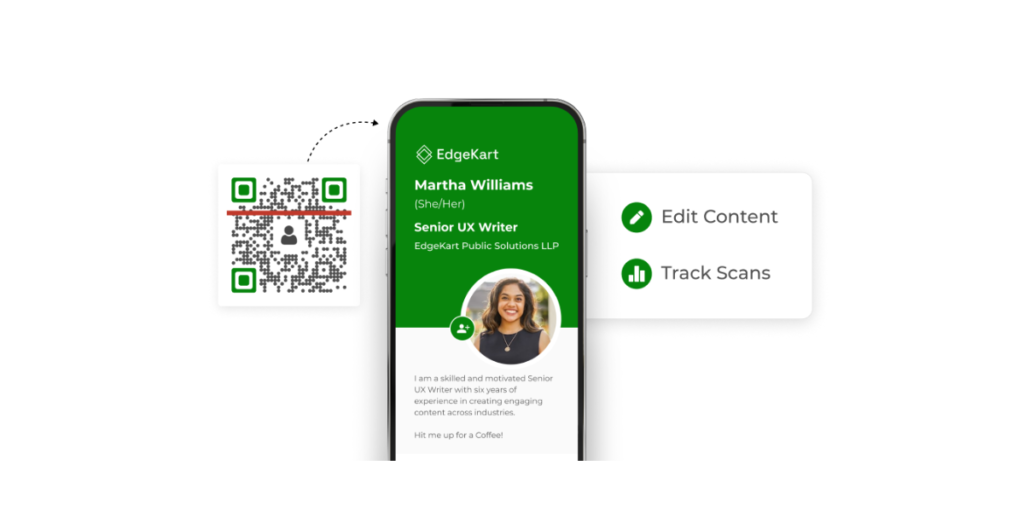
With dynamic QR Codes, you can use one QR Code for multiple campaigns by changing the backend URL or file. This reduces the need to create new QR Codes constantly.
4. Design doesn’t impact function
Adding a logo, changing the color, or adjusting the pattern doesn’t affect the scannable content.
This basically means that you can make millions of visually unique QR Codes that still point to the same data.
So if you’re still wondering, “How many QR Codes can be created?”, know this: the number is so high, it’s practically limitless.
D. What we learned here? Dynamic vs Static QR Codes and their unlimited potential!
To understand the true potential of QR Codes, it’s key to know the difference between static and dynamic codes.
And when we talk about how many QR Codes the world might need, it’s important to understand that not all QR Codes work the same way.
Static QR Codes contain fixed information. Once the QR Code is created, the content inside it is locked in place. You can’t change it.
So, if you link a static QR Code to a website and later the link changes or the site goes down, the QR Code becomes useless.
That’s why static QR Codes are often used for simple, unchanging data like email addresses, phone numbers, or text messages.
On the other hand, Dynamic QR Codes are much smarter. They contain a short, redirecting URL that points to a destination you can change anytime.
Even after printing or sharing the code, you can update where it leads. This is super helpful for businesses that run campaigns or promotions that change often.
For example, you can update the QR Code to lead to a new menu, product, or video without making a new QR Code each time.
Because dynamic QR Codes point to a short URL that redirects to your destination, they save space and offer flexibility.
Dynamic QR Codes also support features like:
- Tracking scan location
- Date and time of scan
- Device used
This makes them perfect for marketing, events, and business.
Did you know that according to Scanova’s internal data, nearly 98% of all QR Codes created are dynamic ones? This highlights the growing trend towards flexibility and real-time tracking.
And here’s the best part — with dynamic QR Codes, one QR Code can serve thousands of uses over time. That means fewer codes are needed in the long run.
To sum up:
- Static QR Codes are great for simple, permanent uses. Think of a personal link to your resume or a product manual.
- Dynamic QR Codes are editable. You can update the content at any time without changing the QR image.
E. QR Code design doesn’t affect uniqueness

Let’s say you add a logo to your QR Code or change the colors. Does that mean you’re creating a new code?
No. The design elements are just visual enhancements. They don’t affect the underlying data. The pattern of black and white modules (or dots or shapes) holds the actual data.
So when you can create hundreds of different-looking QR Codes, they might actually be the same.
So, for still anyone asking, “Can we run out of QR Codes?”. The good news is: Not likely my friend!
F. Can QR Codes be duplicated or hijacked?

A common concern is QR Code security. People often ask: “Can someone duplicate my QR Code?” or “Can my QR Code get hijacked?”
Here’s the truth:
- A QR Code can be visually duplicated, but if it’s dynamic, only you control the content.
- Hijacking is rare and usually happens only when users scan unknown or suspicious codes.
How to stay safe:
- Use a trusted QR Code generator like Scanova.
- Always verify the destination URL.
So, while duplication is possible, only the owner of a dynamic QR Code can edit its content, keeping it secure.
G. Can QR Codes carry viruses or malware?
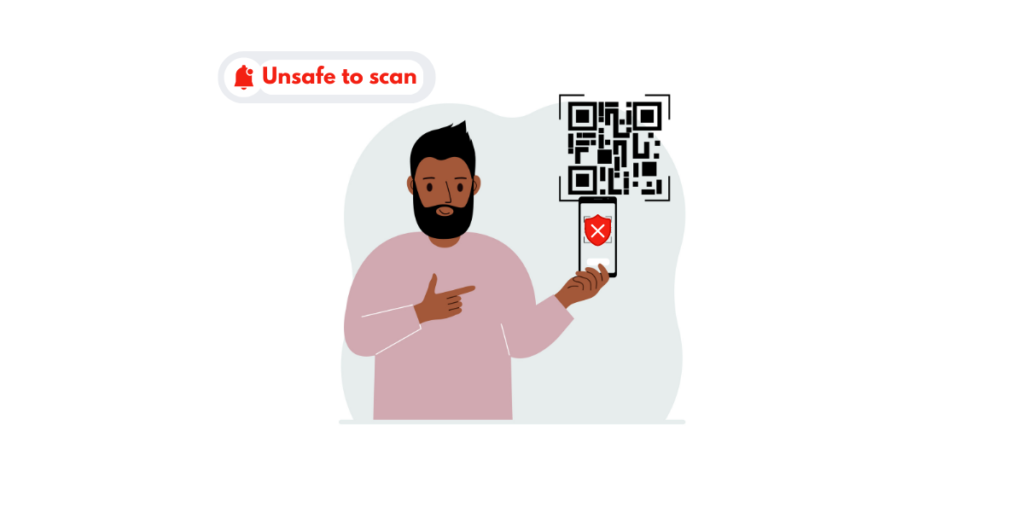
This is a popular myth, and it’s completely understandable. People worry about scanning a code that might infect their phone or computer.
Here’s the real deal:
QR Codes themselves don’t carry viruses. They are just a way to store information, like a website link or a contact card.
However, they can lead to malicious websites, just like clicking a bad link in an email or text.
How to identify fake QR Codes and stay safe?
- Don’t scan random QR Codes from unknown sources.
- Always preview the URL before visiting the page.
- Use mobile security apps that can flag unsafe links before you open them.
In short, QR Codes don’t contain viruses—but where they lead can matter. Just stay alert, like you would on the internet.
Pro Tip: You can use the Trend Micro QR Scanner app. It scans the links before you open them, and it is a good QR-scanning app that’ll keep you safe.
H. Are QR Codes the future or just a trend?
QR Codes may seem like a trend, but their usage tells a different story.
Restaurants use QR Codes on tables to link to menus, reducing contact. Airlines use them for boarding passes.
The event industry actively uses them for tickets, check-ins, and access control. They’re used in Retail, and customers use them to scan for discounts, payment, or product info.
Even in educational settings, students can simply scan QR Codes to view assignments or videos.
In healthcare, patients scan QR Codes to instantly access medical reports or prescriptions.
Governments use QR Codes to store vaccination certificates and manage travel documentation.
In marketing, ads include QR Codes that lead directly to landing pages, boosting engagement.
And in real estate, potential buyers scan QR Codes on signs to take virtual tours or connect with agents instantly.
All of these use cases prove that QR Codes have staying power. They aren’t just a passing phase; they’re a long-term solution.
So, if you think QR Codes are just a fad, think again. According to Scanova’s internal data from 2020 to 2024, Scanova customers saw a whopping 282% growth in the number of QR Code scans.
That’s not just a spike, it’s a steady rise in how people are engaging with QR Codes year after year. This is proof that QR Codes aren’t going anywhere anytime soon!
QR Codes solve real problems. They save time, reduce costs, and make things easier. So NO QR Codes aren’t going away. They’re becoming even more useful.

I. Still worried? Let’s do the math one last time!
Let’s simplify this even more. Imagine you could generate one billion QR Codes every day. That’s 365 billion a year.
It would still take over 4 trillion years to run out of combinations, and that’s a low estimate. Remember, we’re not even using the full capacity of each code.
Plus, with dynamic QR Codes, one code can be reused indefinitely. So, again, Will we run out of QR Codes? Absolutely not.
J. The final verdict: Will we ever run out of QR Codes?
Here’s the short answer to our big question: No, we won’t run out of QR Codes. Not today. Not ever.
QR Codes offer trillions of combinations. Most of them are not even close to being used. Thanks to dynamic QR Codes, we now need fewer codes than ever to do the trick.
With growing usage and smart design, QR Codes are only getting stronger. So don’t worry about hitting a limit. We’re not even scratching the surface.
K. FAQs: Will we ever run out of QR Codes?
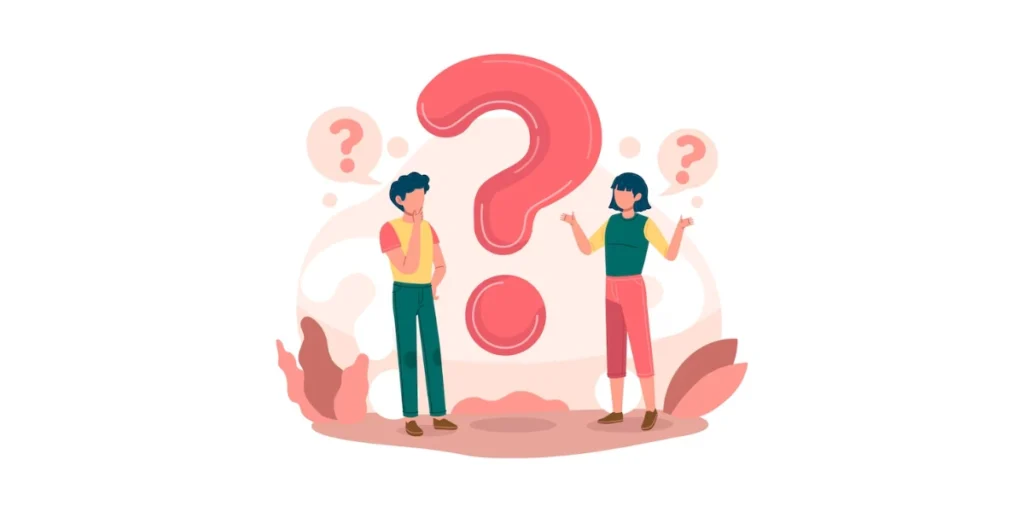
1. Can QR Codes expire?
Static QR Codes do not expire. Dynamic QR Codes may expire depending on the service used.
2. What makes each QR Code unique?
The pattern of data modules (black and white squares) defines the QR Code. Change even one bit, and you get a whole new QR Code.
3. Can two QR Codes be the same?
Yes, if they link to the same data. But they will still have their own unique structure.
4. Do QR Codes have a limit?
Mathematically, yes. But the limit is so high it’s nearly infinite in practical terms.
5. How many QR Codes can be created?
With current versions and data capacity, trillions of trillions can be created.
6. Can we run out of QR Codes?
No. The combination range and possibilities are too vast to ever run out.
7. What is QR Code capacity?
It depends on the version and error correction level. The highest can store thousands of characters.
8. How do QR Codes work?
They store data in a grid. When scanned, the device decodes this grid into readable data.
9. Are QR Codes safe?
Yes, as long as you use trusted sources and verify links.
10. What are unique QR Codes?
Each QR Code with a different pattern or data is considered a unique QR Code. Dynamic QR Codes offer flexibility while remaining unique.
If you’re curious about QR Codes, this is your chance. Don’t wait! Explore the power of dynamic QR Codes and never worry about running out. Ready to create your own QR Code? Start for free with Scanova.
